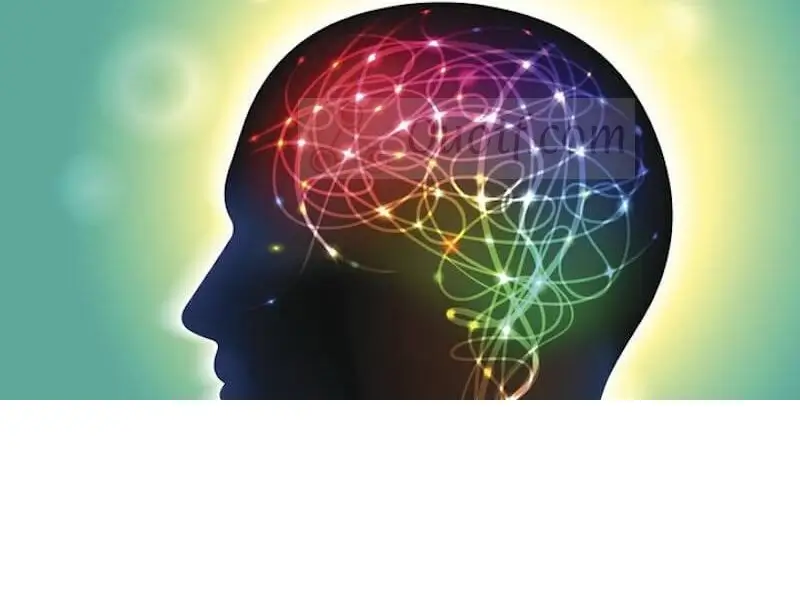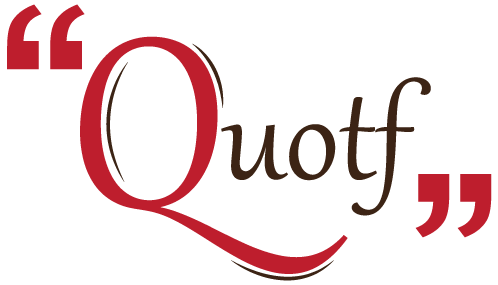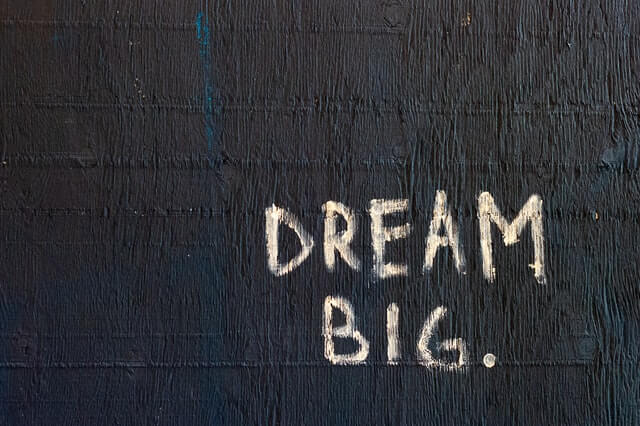Top 3 Cognitive Distortions That Cause Us to Spend More

Cognitive distortions, or thinking errors, are the result of imperfections in the brain. When it processes and systematizes information, simplifications often appear: it helps to fit new knowledge into the already existing picture of the world, to navigate faster in new conditions and to save time and effort in making decisions. But this same mechanism also leads to irrational behavior, including financial behavior.
People find the current state more attractive, even if change will objectively improve life. They avoid going to a new yoga class or a real money casino NZ, even though such activities can improve their routine. It’s because of this cognitive distortion that customers choose a particular brand and ignore competitors, even if their products are just as good in quality and better in price.
There is a logic to this behavior. If you buy the same brand all the time, you don’t have to spend energy searching for alternatives. This is convenient when it comes to inexpensive goods, but in other cases the losses from cognitive distortions can be significant.
To fall into these traps of thinking less often, it’s important to be aware of their existence. Here are the most common cognitive distortions that have probably already caused you to spend extra.
The Tethering Effect
A peg, or “anchor,” is a price that is taken as a point of reference. Sellers usually offer it themselves: for example, they call the regular price and the discounted price.
Economist Dan Ariely and writer Jeff Kreisler described this effect with the example of a shirt. Imagine that the same model is sold at two different stores and costs $60. But one of them pointed out that the shirt is 40% off today and normally costs $100. That would instantly make it more attractive in the eyes of the customer.
People can also push made-up numbers. One experiment was conducted by Dan Ariely and a group of scientists at MIT. They asked students to write down the last two digits of each of their Social Security numbers and then imagine that they were the prices of several items involved in the experiment: a bottle of wine, a book, a computer mouse, and so on.
Those with larger numbers in their personal numbers appeared willing to buy more expensive items than students who got smaller numbers. In this way, marketers can influence consumers’ decisions simply by giving different points of reference. It may be enough to name an obscenely high price just to make the high price seem reasonable.
If you’re going to make an expensive purchase, gather information about the product: find out how much it costs in other stores, and be critical of the seller’s special offers – they may not be as favorable as they seem at first glance.
Choices Made for You
Most people stop at the option that is offered by default. It’s not just a matter of inattention, but also of laziness.
Nobel laureate in economics Richard Thaler and his colleague Cass Sunstein believe that this is the result of the human desire to avoid unnecessary effort at every opportunity.
Default options can be used for the good of humanity: for example, they can be used to encourage people to save more for retirement. But, as a rule, they are used to increase sales.
This is done by labeling more expensive products as default options, or by including additional services and subscriptions on the bill. And while such choices remain free, Princeton University researchers did include default choice tricks in a list of unethical mechanisms in online stores to boost sales.
Don’t get distracted by anything while paying for your purchases on sites. Before you go to the next page, check to see which options have confirmation checkmarks next to them.
The Crowd Effect
People copy what others do, even if they originally wanted to do things their own way. For the consumer, this approach can be rational: instead of wasting time choosing from hundreds of models of appliances, it is easier to look at the most purchased or best rated. This is not a guarantee of optimal results, but it is quite realistic to get acceptable options. However, often the effect of the crowd influences our choice much more than it seems.
Researchers at Princeton University found dozens of stores where notifications of active shoppers were generated by randomly selecting names and geographic locations. But this information looks credible and makes us act rather than think about buying.
Even the familiar likes can be a marketing tool. A study by Swedish economists found that having likes on a Facebook post affects how a user will interact with it.
If a post is approved by one unknown user, it will have almost no effect on your response to it. If there are likes from several strangers and colleagues, it increases the chances that you’ll put it up, too, by 2-3 times.
The same mechanism works in sales. Marketer Robin Pichota gives an example from his practice: simply adding likes counters to a webinar page increased sales conversion by 38%. The point is that visitors to the page perceived the number of likes as the number of people who bought access to the webinar. This gave the impression that the product was successful and stood out among competitors.
But the crowd effect can affect our financial situation in a much more significant way. For example, when it comes to demonstrative consumption.
Remember that people may have different motives for liking, praising, or recommending a product. Many of the people who liked the post didn’t read to the end.






